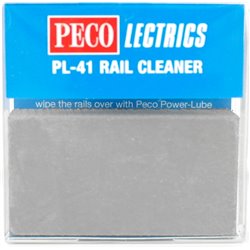Even if officially classified as a hardwood, balsa wood is a very soft wood, so extreme care should be taken when...
No products
Product successfully added to your shopping cart
There are 0 items in your cart. There is 1 item in your cart.
Search Tips
Christmas and New Year
We are dispatching orders every weekday apart from Christmas Day, Boxing Day and New Year's Day.
If you order is time critical, select next day delivery at checkout.
The shop in Sandown is closed from 25th December, reopening on 30th December.
What is meant by the term Co-Co Locomotive ?
The term "Co-Co" refers to a specific wheel arrangement used in locomotives. In this arrangement, each Locomotive has two bogies, each in turn having three axles, with each axle powered by its own electric or diesel motor. The term "Co-Co" comes from the UIC classification used to describe this arrangement, where "C" represents three consecutive pairs of driving wheels and "o" indicates that each axle is driven by its own dedicated traction motor.
One example of a Co-Co locomotive is the British Rail Class 47, which was widely used in the UK for both passenger and freight services. This locomotive had a Co-Co wheel arrangement and was powered by a diesel engine. It was a familiar sight on the British railway network for many years.
Click here to receive the tips weekly in your mailbox. You can unsubscribe at any time.








